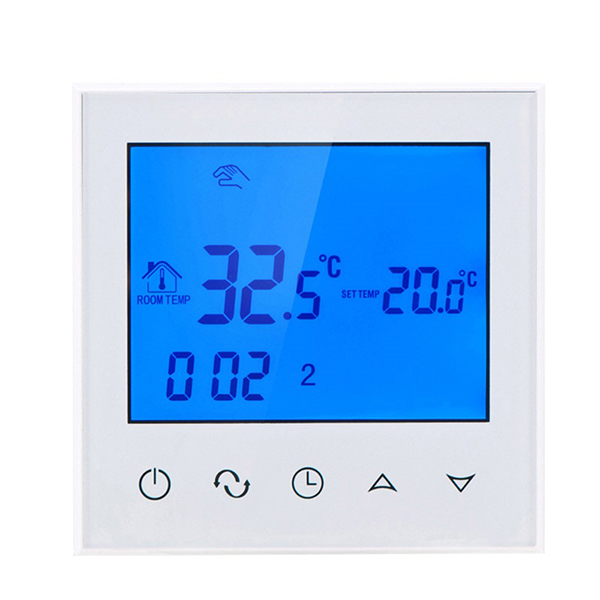Considerations related to temperature controllers
2024-01-25
A temperature controller is an electronic device used to regulate and control the temperature of a system or process. It monitors the temperature and adjusts the heating or cooling elements to maintain a desired setpoint. Temperature controllers are widely used in various applications, including industrial processes, HVAC (heating, ventilation, and air conditioning) systems, laboratory equipment, and more. Here are key features and considerations related to temperature controllers:
Key Features:
1. Temperature Sensing:
- Temperature controllers use sensors, such as thermocouples, resistance temperature detectors (RTDs), or thermistors, to measure the temperature of the system or environment.
2. Setpoint and Control Range:
- Users can set a desired temperature (setpoint) on the temperature controller. The control range defines the range of temperatures within which the controller will operate.
3. PID Control:
- Many advanced temperature controllers use a Proportional-Integral-Derivative (PID) control algorithm. PID control helps maintain stability and accuracy by adjusting the output based on proportional, integral, and derivative terms.
4. Display:
- Temperature controllers often feature a digital or analog display to show the current temperature, setpoint, and other relevant information.
5. Output Control:
- Temperature controllers can have various output types, such as relay outputs, solid-state relays (SSRs), analog outputs, or pulse-width modulation (PWM) outputs, to control heating or cooling elements.
6. Alarm and Safety Features:
- Some temperature controllers include alarm functions to alert users if the temperature deviates from the setpoint. Safety features may include over-temperature protection or emergency shutdown.
7. Communication Interfaces:
- Advanced temperature controllers may have communication interfaces such as RS-232, RS-485, or Ethernet for remote monitoring and control.
8. Profile and Ramp Soak Control:
- Certain applications, such as industrial processes, may require temperature controllers with profile or ramp soak capabilities. These controllers can follow specific temperature profiles over time.
9. Programmability:
- Programmable temperature controllers allow users to define and store multiple temperature profiles or setpoints for different operating conditions.
10. Calibration:
- Temperature controllers should be calibrated to ensure accuracy in temperature measurement and control. Some controllers allow users to perform on-site calibration.
11. Power Supply:
- Consider the power supply requirements of the temperature controller, ensuring compatibility with the available power source.
12. Mounting Type:
- Temperature controllers come in various mounting types, including panel mount, DIN rail mount, or handheld devices, depending on the application.
Considerations:
1. Application Requirements:
- Choose a temperature controller that suits the specific requirements of the application, whether it's for industrial processes, HVAC systems, laboratory equipment, or other uses.
2. Temperature Range:
- Ensure that the temperature controller's operating range covers the required temperature range for the application.
3. Environmental Conditions:
- Consider the environmental conditions in which the temperature controller will operate, including factors like temperature, humidity, and potential exposure to contaminants.
4. Integration with Existing Systems:
- If integrating the temperature controller into an existing system, ensure compatibility with other control systems and devices.
5. User Interface:
- Evaluate the user interface of the temperature controller, considering ease of programming, monitoring, and adjustment.
6. Reliability and Durability:
- Choose a temperature controller from reputable manufacturers known for reliability and durability.
7. Safety Standards:
- Verify that the temperature controller complies with relevant safety standards and regulations applicable to the specific industry or application.
8. Ease of Installation:
- Consider the ease of installation, wiring, and configuration to facilitate a smooth integration into the system.
Temperature controllers are essential for maintaining precise control over temperature-sensitive processes and systems. When selecting a temperature controller, it's important to carefully assess the features, specifications, and compatibility with the intended application to ensure optimal performance and reliability.



